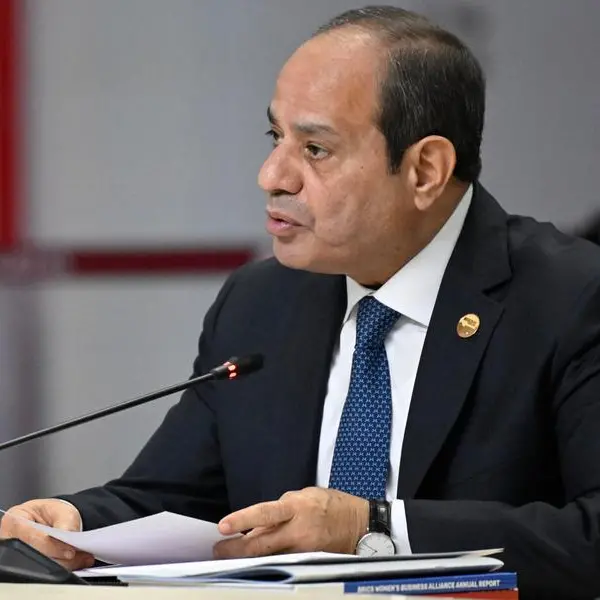PHOTO
The use of artificial intelligence (AI) in military and civilian aircraft is set to overshadow its use in self-driving cars, according to Brandon Tseng, founder and President of Shield AI.
Speaking at Abu Dhabi’s Unmanned Systems Exhibition (UMEX), Tseng stated that AI pilots will enable countries to re-establish air superiority in an age when surface-to-air missile systems have proliferated, and that countries are already using AI pilots to redistribute the cost of air defence.
Shield AI's clients include the United States military, for whom the firm is developing an AI pilot named Hivemind.
Though there is a market component, Tseng said, there is a greater global impact in the use of AI pilots due to the consequences for national security and global stability, which is dependent on air security.
Missile proliferation
The proliferation of surface-to-air missile systems has already made it too dangerous for fighter aircraft to go up against them, he said, citing potential losses of human life and costs of up to $180 million for every aircraft shot down.
“[This] is why you don’t see those aircraft flying on any kind of field environment, because everyone recognises the threat profile,” he added.
In comparison, the cost of an AI-piloted drone could be around $1.36 million, he said. “So when you move to AI-piloted, affordable drones, you have lowered your costs, you have re-distributed your risks, so that is why they are being adopted very quickly by many US and allied air forces around the world.”
“We are going from a world of centralised, very expensive, exquisite systems to a world of distributed low-cost systems,” he added.
Shield AI, which has offices in San Diego, Dallas, Washington DC and, since 2022, Abu Dhabi, has installed its Hivemind AI pilot technology on quadcopters, F-16 fighters as well its own V-BAT aircraft and is working on installing it on the Kratos XQ-58 Valkyrie unmanned combat aircraft, Tseng said.
One of the advantages of the AI pilot is that it needs no GPS or communications with a base, he said. These systems are a vulnerability by which electronic warfare can be waged, such as in the Russia–Ukraine war, where Russia has attacked and jammed systems used by Ukrainian drones.
The commercial sector
When it comes to commercial aircraft, Tseng expects it to be a minimum of 17 years before passengers board an aircraft piloted even in part by AI.
However, for longer routes that require up to six pilots, there may be two human pilots and an AI pilot, and for domestic routes, one pilot and an AI pilot, he said. In this setup, the human pilot’s role is more akin to that of a technician who understands the system.
It is not yet known when passengers will be comfortable getting on a plane without a human running the aircraft, he concluded, although he foresees that it could happen in 2045.
(Writing by Imogen Lillywhite imogen.lillywhite@lseg.com; editing by Seban Scaria)























